
A synesthesia-fuelled retelling of life’s evolution on Earth by way of Frank Herbert’s classic sci-fi novel Dune
On the surface, Rez is an on-rails shooter about a hacker defeating viruses that attacking an omniscient AI called Eden. But that’s just the first layer of this classic shooter.
“It’s also a metaphor for the real theme of Rez, which is conception,” says producer Tetsuya Mizuguchi. “Rez takes you on a journey we all lived through but don’t have any memories of. That’s because it takes place before birth. Your avatar is a sperm cell travelling through this space to connect with an egg.”
Yep, it’s heady stuff. But Rez always was a very different kind of shooter. Its abstract visuals and electronica soundtrack are as pristine and distinctive today as they were 16 years ago when Rez was first released, especially with its latest incarnation, Rez Infinite. The way it pairs music with action is still entrancing, an effect inspired by the artist Kandinsky, who had a neurological condition called synesthesia, which caused him to hear colours as sounds.
Area 5 is about life
One of the most striking sections of Rez, where music and game come together, is Area 5. This is where the journey ends, where you save Eden. “Being the last area or level in Rez, it is about life. You are conceived,” says Mizuguchi, but what you witness is the evolution of life on Earth.
It starts quietly, with your avatar among the earliest microscopic organisms in the ocean, and then, as you progress through each area’s ‘layers’, which are distinct sections of music and enemies to shoot, the level evolves. From the primordial soup we go into fish-filled oceans and deep-sea trenches, then we emerge from the ocean and witness the growth of forests across the land. And with every transition, text appears to tell the story of evolution: “Some prospered, others did not. All sorts of life ebbed and flowed like the tides.”
The meaning of “fear is the mind-killer”
“That was my goal, to tell a story, but in a different way, a way that was connected with music and visuals,” says Mizuguchi. And the relationship between music and visuals is particularly strong in Area 5 with Fear, a track that’s instantly memorable for its lyric, “Fear is the mind-killer”. (You can listen to the track as part of the recently released Rez Infinite soundtrack on both Spotify and iTunes.)
Dune fans will know that lyric well as part of a Bene Gesserit litany about facing fear: “I must not fear. Fear is the mind-killer. Fear is the little-death that brings total obliteration.”
“I can’t remember how it was decided to use that track, but I adapted an idea I was working on because I think it’s an important message and I’m a Dune fan, and generally a fan of inspirational quotes that mean something,” says Adam Freeland, creator of the track.
Here, at the end of the game and set against the story of life, the quote holds a sense of force and hope, as if all we need fear is fear itself on this great journey. “When it was delivered, the name Fear was already there along with the line “Fear is the mind-killer”,” says Mizuguchi. “I can’t explain how that happened except for that there must’ve been some sort of connection, a chemical reaction while we talked about the game and other things during that visit. I feel Adam gifted that track to us and for Rez.”
How the music was written
During Rez’s development, Adam Freeland was a successful DJ and music artist. Mizuguchi remembers visiting his home in Brighton on the south coast of England with music coordinator Masakazu Hiroishi to explain the game they wanted him to score. “I believe he actually took it in his hands and played the build. I remember him being very interested in games as a new form of expression and when he saw the build he was like, ‘Cool!'”
“The thing that grabbed me was that the game was going to be based on Kandinsky’s art, and I thought anyone thinking like that is going to be interesting,” says Freeland. Creating Fear was very different to the way he’d usually work, since the developers had to be able to pull the track apart so the game could loop and layer each part as the level plays out. He also had to produce the sounds for explosions and other events.
How fear set the level design
For Freeland, Fear was a fascinating track to work on. Part of Rez’s magic is the way it quantised all sound effects, from your shots to explosions, so they play in time and key with the music. “It’s the way my mind works. As as DJ, you do that with reality, always syncopating reality to music,” he says. “There was that [Michel Gondry video for The Chemical Brothers], and that’s exactly what happens to me. I can really relate to that video.”
His music also underscores the progression of the level. When we emerge from the ocean a stirring string sample plays for the first time, and when it reaches its final section before the boss, as you move into space and face a giant phoenix-like enemy, it’s almost calm.
“All of the credit for that goes to Adam Freeland and the track he provided for us,” says Mizuguchi.
“The feeling I was trying to create was one of transcendence in the more spiritual, surreal sense of the word,” says Freeland. “It starts off quite heavy and it ends up quite epic and euphoric towards the end. That’s how I see Kandinsky, his approach. For me, having that as a reference point, the way Kandinsky painted and his relationship to music, was a very transcendental approach.”
Read more in the Classic Levels Deconstructed series
- Burnout 3: Takedown’s blistering Alpine track – Alex Ward and artist Chris Walley remember Criterion’s tour de force
- Crash Bandicoot’s N.Sanity Beach – Naughty Dog co-founder Jason Rubin and Vicarious Visions game director Dan Tanguay on the perfect first level
- Horizon Zero Dawn’s thrilling Redmaw battle - Lead quest designer David Ford and machine design lead Dennis Zopfi talk the ultimate machine hunt
- The beautiful brutality of Doom’s Lazarus Labs - creative director Hugo Martin and game director Marty Stratton on one of the PS4’s shooter’s best levels



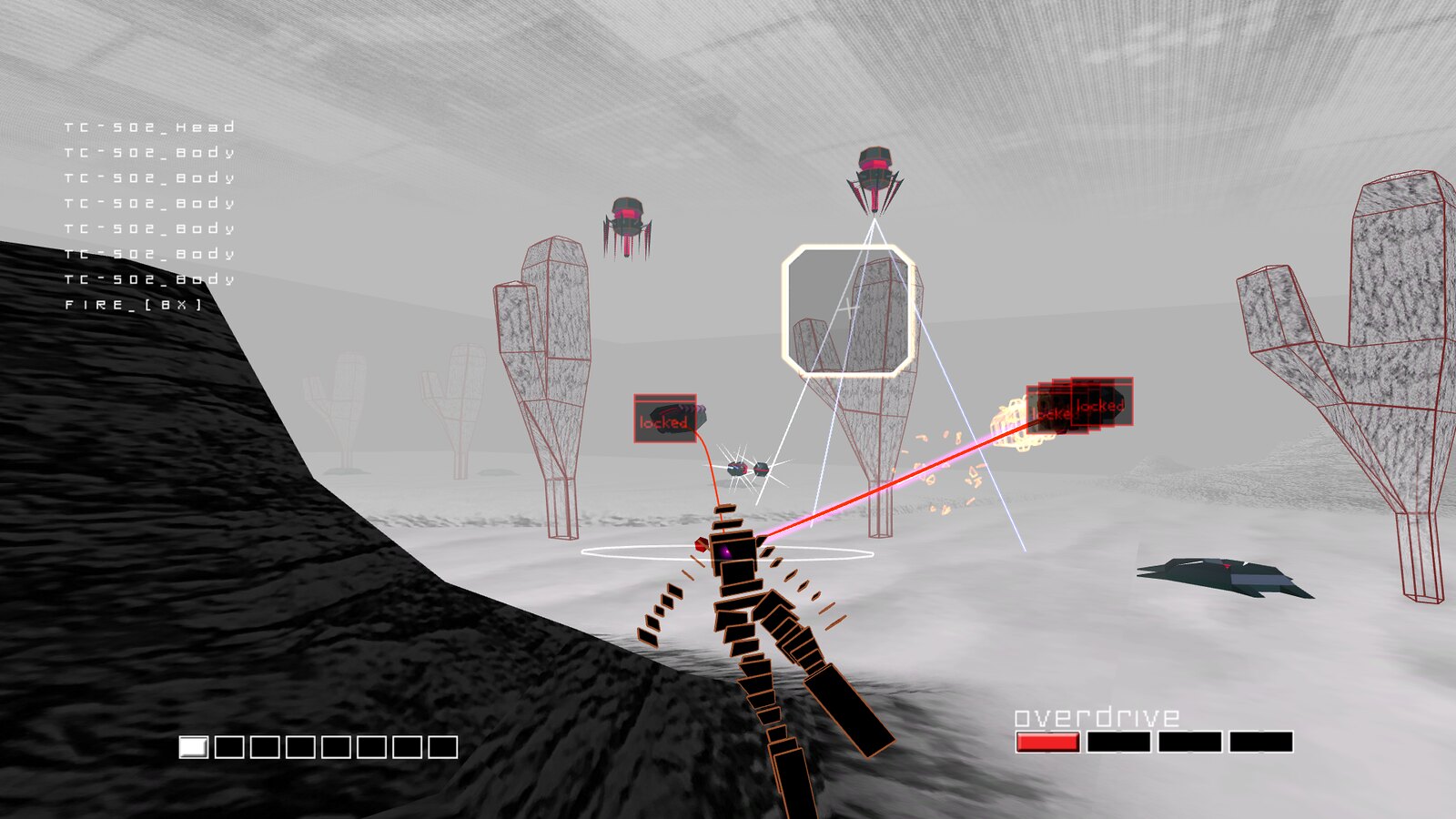


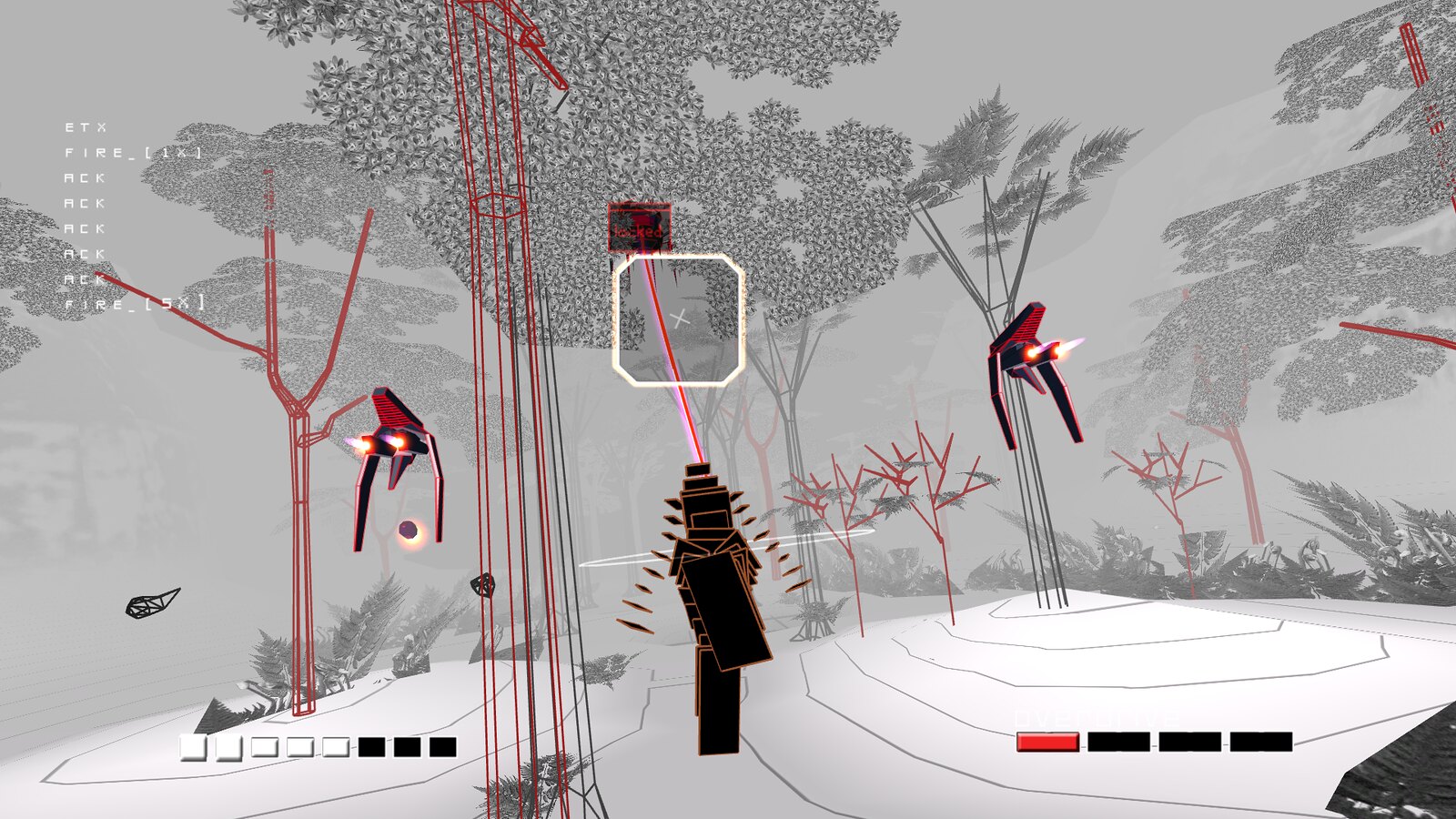
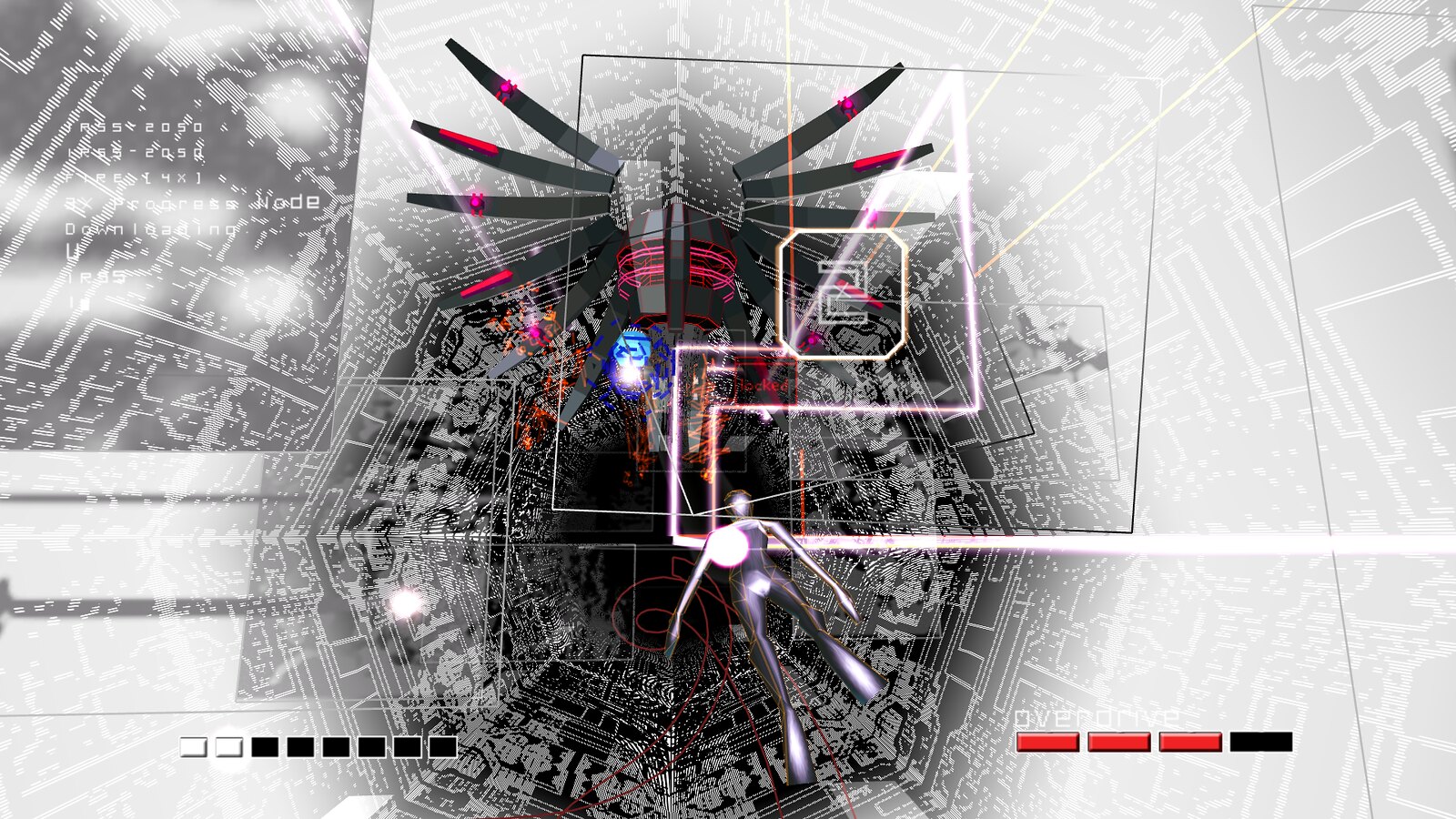


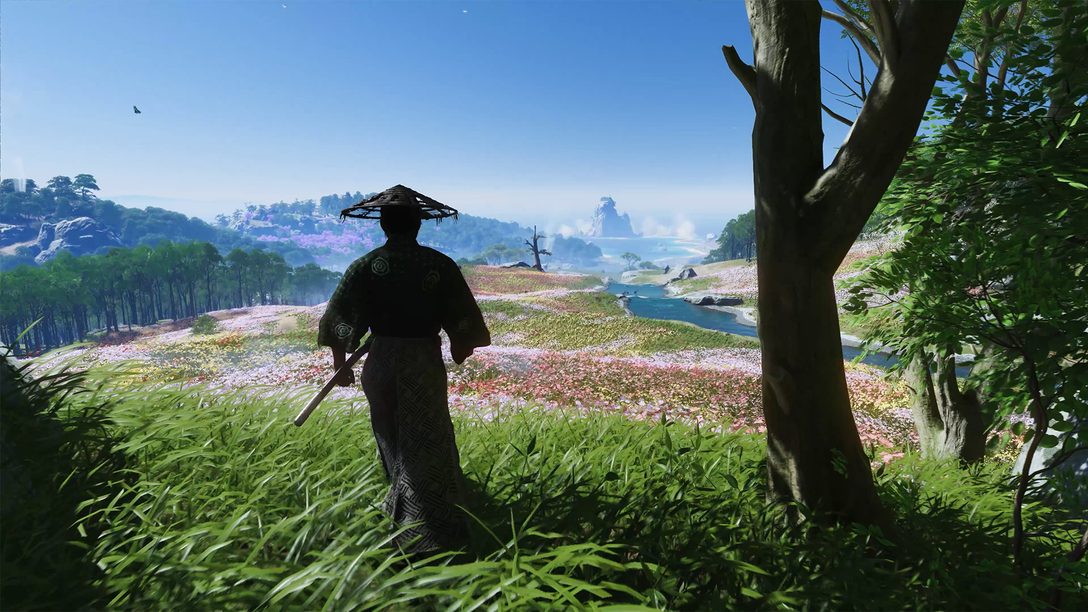
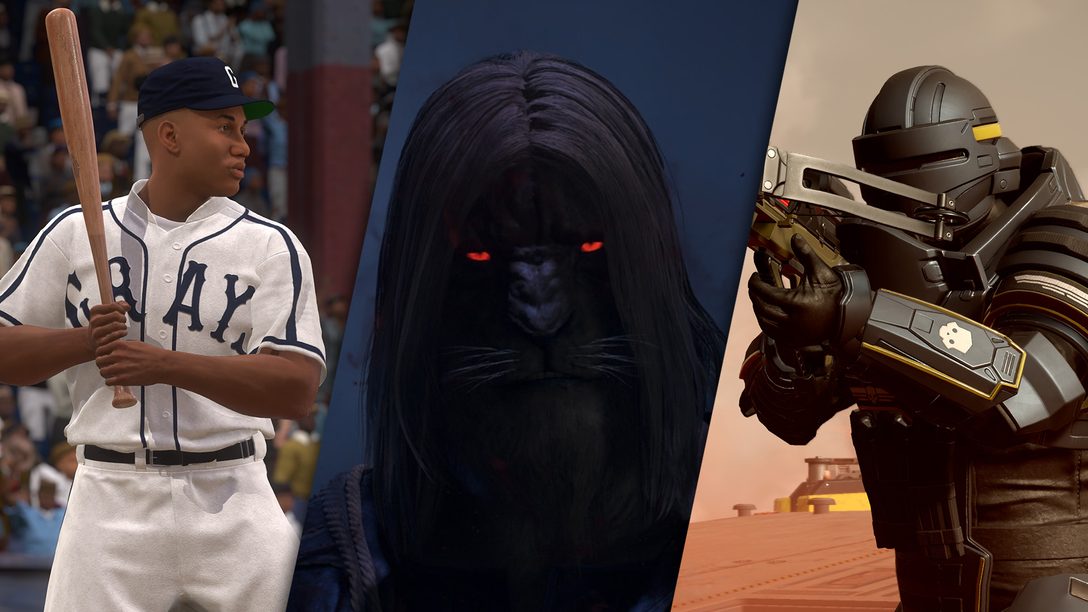




Join the Conversation
Add a CommentBut don't be a jerk!
2 Comments
Loading More Comments